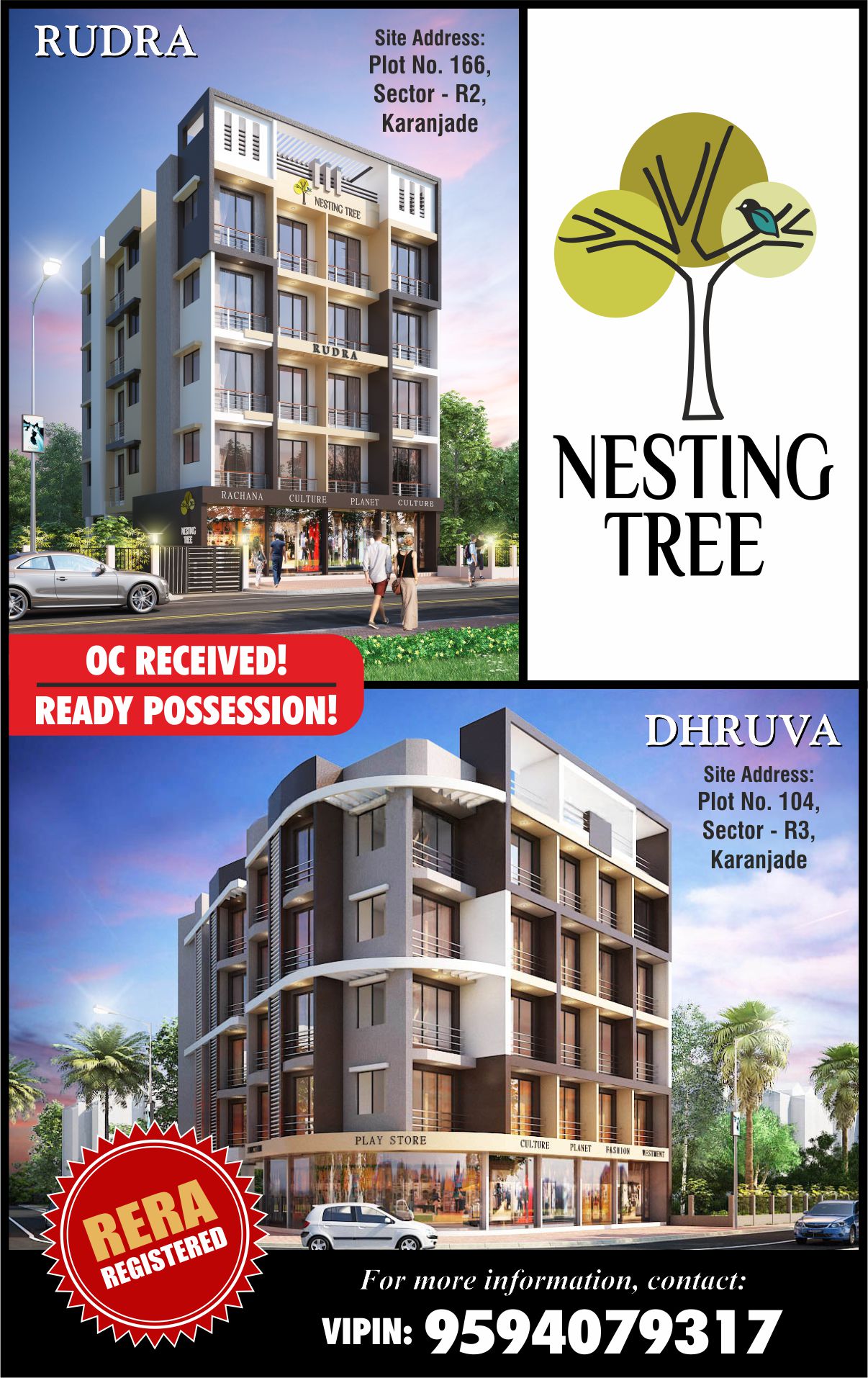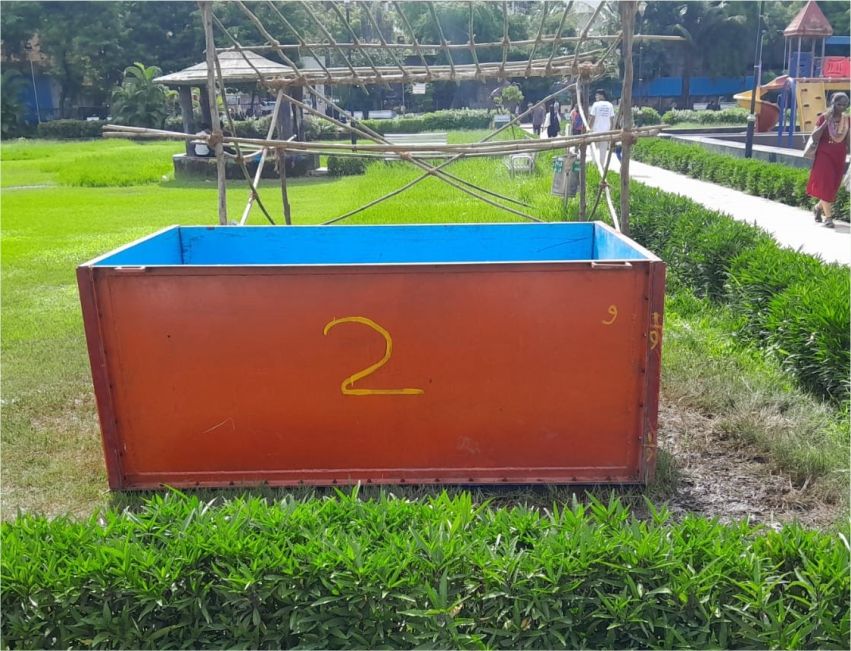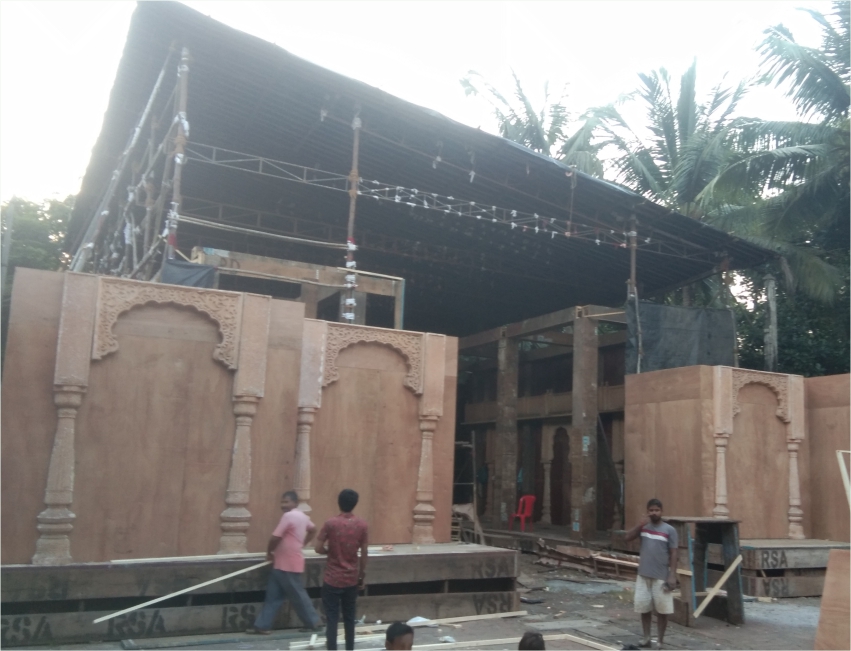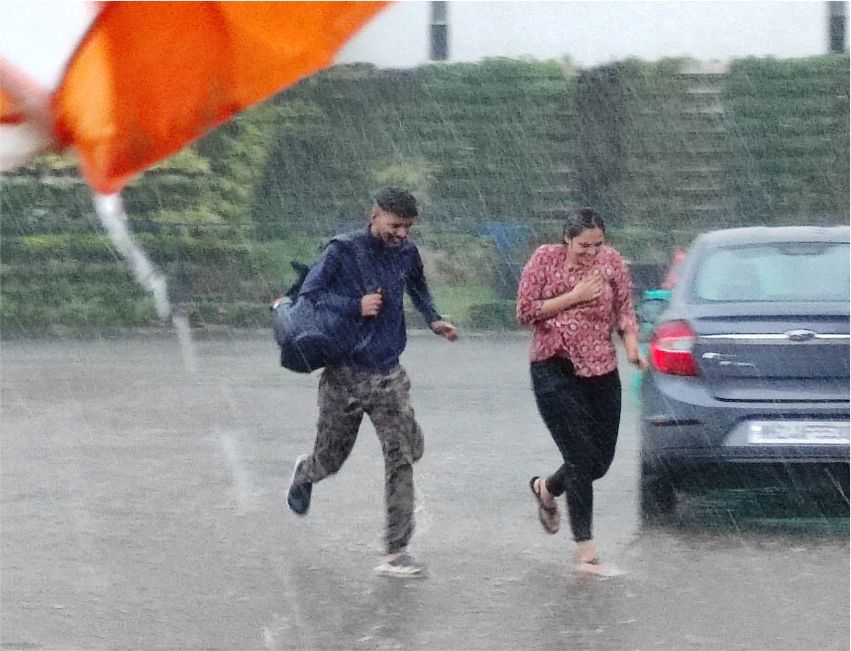Exploring Mumbai's heritage with Ketan Parte - A journey through History, Literature, and Culture
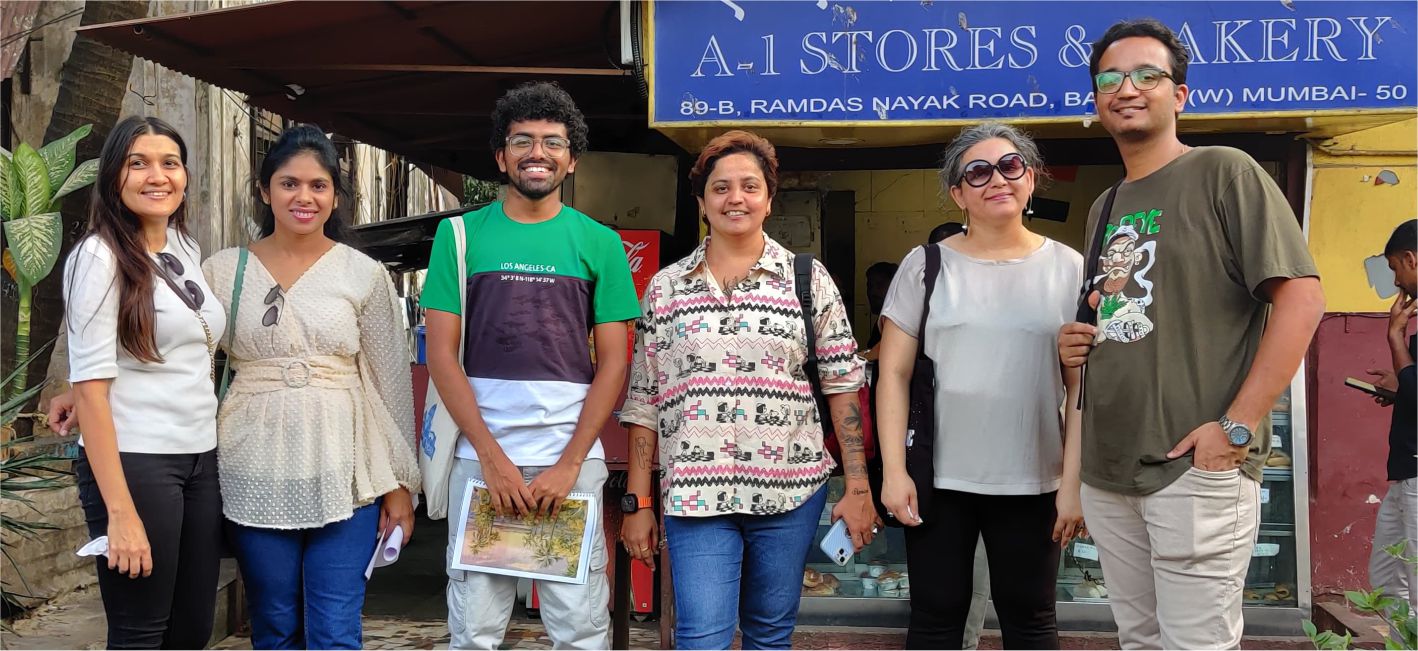
- Christopher Rodrigues
- 30 Apr, 2024
In a bustling metropolis like Mumbai, where modernity often overshadows its rich historical past, there exist passionate individuals dedicated to unravelling the city's hidden heritage.
Ketan Parte, a tour guide with expertise in Mumbai's history and literature, has been at the forefront of this endeavour, leading immersive heritage walks that provide a glimpse into the city’s storied past. You may find more details of his upcoming walks on his Instagram Page @bibliophile.ketan
In an exclusive interview with Newsband, Ketan shares insights into his journey, inspirations, and future plans.
As a student what made you interested in the History and Heritage of the City of Mumbai?
Growing up in the suburbs of Mumbai, my weekends would more often be spent at Fort or Byculla, where my mother would take me. That was my very first exposure to the native town. As a student, I happened to come across a book written by Deepak Dalal named Sahyadri Adventure, based on the research of Sharada Dwivedi, a prominent historian of colonial Bombay. A simple question that I once asked my mother, “Why is the Fort called ‘Fort’ when there is no fort there at all?” started this whole ordeal of curiosity, initially satiated by books, only to make me want for more information on these topics. Mind me, this curiosity remains unfulfilled till date, keeping me on my toes to research, read and explore more.
How did your very first heritage tour/walk feel like? Do you remember that experience?
My official very first heritage tour was in collaboration with Bombay Yubokumins, a company run by my friend Ashwini. I have been to Gharapuri a couple of times, exploring the caves as I am fascinated by them. That’s when I realised how architecturally and historically rich these spaces are. There are things one would easily miss in these caves and so I wanted to give everyone an experience they would cherish their entire lives.
My very first group was an interactive one consisting of 5 participants, an overwhelming number for me then. I clearly remember feeling nervous before the walk, however, the moment I started weaving my stories, I couldn’t believe how smoothly it went!
How did you get the idea for Bombay in Poetry and Prose, what was the response to that literary walk from the public?
Being a student of English Literature as well as Archaeology, I aspire to work on interdisciplinary studies between Literature and History as I believe they can never be separated from one another. The idea of having a literary walk in the city of Bombay struck me when I read 'Kala Ghoda Poems' by Arun Kolatkar. Bombay in Poetry and Prose is a walk that I have specially curated to geographically and socially trace the development of Bombay from a group of seven islands to a bustling metropolis both in the form of its literature as well as its architecture. Participants have enjoyed this walk so far as they see the same old places with a new lens.
What is your fascination with the island of Elephanta? What do you think people should know more about?
What fascinates me the most about these caves is how little we know about them even after extensive studies and research has been carried out there. I feel it so particularly about Elephanta for the sole reason that many important questions continue to remain open in front of us despite many experts having proposed their various theories. I believe everyone should know how culturally and historically important these caves are, as well as how these carvings on the walls give us a peek into the history of Gharapuri Island, and possibly the social life of its people.
What was special about the Timeless Tales at Kanheri walk? How did you curate it and what are the basics of Epigraphy?
Timeless Tales at Kanheri is a special walk curated by me exploring the 2000-year-old Buddhist Caves in the heart of the city through the means of Epigraphs. Any visitor to these caves has surely noticed scribblings on the cave walls that each one of us fails to understand. These are not mere graffiti or scribblings, but ancient records of donations written in the Brahmi Script and Maharashtri Prakrit as well as the Sanskrit Language. In this walk, I cover some basic concepts of Epigraphy such as what are epigraphs and how to identify them, while teaching the basics of the Brahmi Script followed by an activity for the participants to decipher the epigraphs by themselves.
What are the fond memories or noteworthy things you have carried with you from the Bandra Heritage Walk and the Portuguese influence on the area?
The Bandra Heritage Walk was of great interest to me when I realized how much influence the Portuguese powers have had on the region which continues to reflect in its neighbourhood, be it through architecture, food or language.
Exploring the narrow lanes of Chimbai and Ranwar village is always a sensory delight, especially for someone who has grown up in Mumbai, picturing it as a metropolis, devoid of any quaint spaces. The serenity of this neighbourhood is something that stands apart.
How do you connect with people while conducting a heritage walk?
My professor, Dr. Kurush Dalal, rightly says, “Never underestimate local people, for more often than not, they know much more about the place than you will ever do.” While on a heritage walk or even on a simple exploration, the best way to know any place is to talk to the locals. It is a misconception that people are unwelcoming when you are new to an area. While it is true that not everyone is as hospitable as the other, many a time a small conversation with a local can spark great discourses, only for you to realize how welcoming locals are when they know you are equally interested in knowing them and their neighbourhood.
Which is your favourite locality or localities in Mumbai which you think have a rich heritage?
Each neighbourhood has its own charm and uniqueness in this city. Right from the serenity of Colaba, to the hustle-bustle of Fort; from the silent lanes of Mazagaon, to the touristy Girgaon, and from Modern Bandra to the ancient caves of Kanheri, Mumbai has something for all.
Which has been your favourite heritage tour in the series of tours you have conducted so far?
My favourite heritage tour definitely has to be Timeless Tales at Kanheri. Most of the participants are fascinated only by the fact that there are so many caves lying in the heart of a metropolitan city. Besides, the smile on people’s faces when they are able to decipher a few words inscribed on the walls of the caves is priceless. The joy of learning something new cannot be put in words.
Apart from history and heritage, what are your other interests? How do you blend your love for literature and history together?
I have been extremely keen about languages, literature and studying comparative religion besides history and heritage. As I share an equal amount of love between Literature and History, I came up with the idea of conducting Literary Heritage Walks in the city which blends history and heritage together.
On such walks, we delve into fictional and non-fictional material written on Bombay by different authors during different times. We try to look at our own city through the lenses of these writers which opens up an altogether new perspective for us. On these walks, we try to understand why Kolatkar calls Bombay a ‘shit city’, why Kipling is proud of being born in Bombay, and why Rushdie has a bitter-sweet feeling towards the city.
How does the art of storytelling invigorate and keep the audience engaged in a heritage walk?
Just having with us a repository of trivia about the city is not enough. While conducting these walks, a strong historical foundation is extremely important, but we also have to ensure the sessions are equally interactive and interesting. That's when the art of storytelling comes to our escape. To make it easier for the audience to keep track of the information shared on the walk, one needs to keep in mind that the content should flow like a story, that is, it should be correct, comprehensible and consistent.
What are your future goals and plans?
I aspire to have a career in the field of literary and historical research. While doing so, I also wish to continue conducting these heritage walks to make people aware of the rich heritage that our city has. In today’s world, it has become difficult for people to distinguish between misinformation and fact. This makes us more responsible as heritage walk guides to ensure correct information is given in the correct manner. My goal is to reach a wider audience in the future so that we collectively work towards conserving the heritage of our city as responsible and woke citizens.
Are you planning any new walks for the monsoon, what are the themes you are exploring further?
Monsoon is the best time to visit rock-cut caves in Maharashtra. I am planning to arrange a few walks to nearby cave complexes in the Sahyadris this year as many of these caves either have become mere tourist attractions or remain completely neglected. Besides these offbeat treks, I am conducting research on different literary aspects of Mumbai and plan to introduce a couple of new city walks in the coming monsoon.


